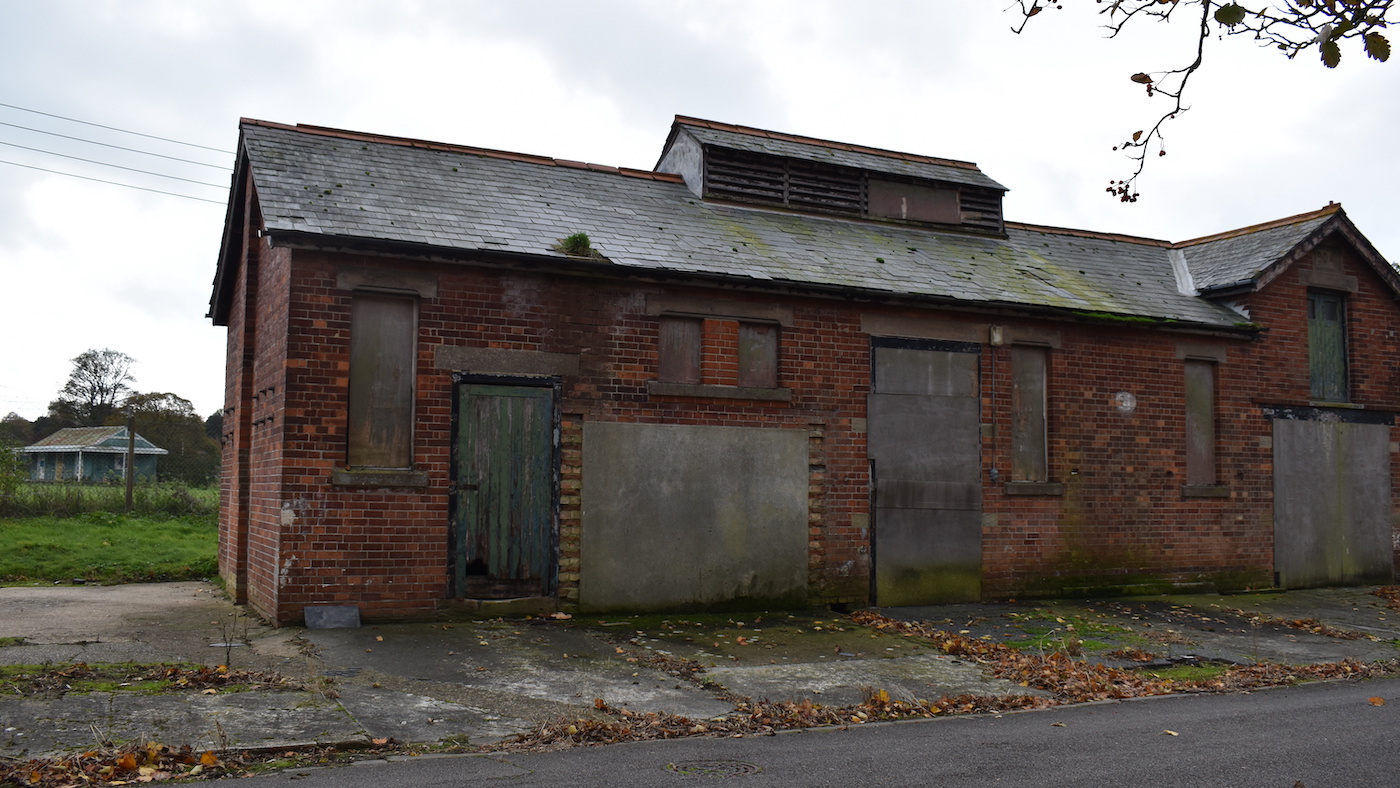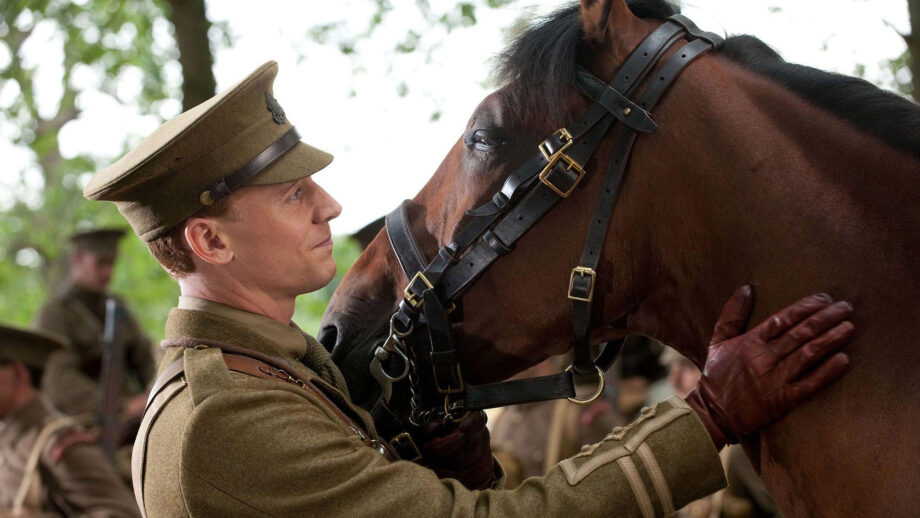A final attempt is being made to save the last stable block connected to horses who served during the First World War.
Most of the Victorian buildings at Shorncliffe Garrison in Folkestone, Kent, have been destroyed and houses built in their place but the Shorncliffe Trust says it is “determined” to save the stables.
“The stable block is the final link connecting horses with Shorncliffe Garrison,” said a spokesman for the trust, a charity that aims to protect and tell the story of the centuries-old site.
“Shorncliffe had a cavalry presence for two centuries and during the First World War, was also home to the Canadian Army Veterinary Corps, where thousands of wounded and sick horses were treated and cared for with an 80% success rate of recuperation.
“The stable is soon to be demolished unless a second appeal to Historic England to save it is successful. The demolition order has already been lodged with the district planning authority and so time is of the essence if something can be done to save this building.”
The trust would like to use the space to create a Shorncliffe’s war horses exhibition.

“Whilst all the cavalry stabling and associated support buildings are long gone, this standalone stable building, constructed in 1903, housed officers’ horses from that time and was in use as stables through to at least the 1970s,” the spokesman said.
“The Trust strongly believe the stables should be granted a reprieve. With many Ministry of Defence sites now released for housing across the UK, this may be one of the last ones standing. Although architecturally a standard construction for functional stables, the history of the horse at Shorncliffe, the birthplace of the modern British Army under Sir John Moore, well and truly sets it apart from a basic stable block ready for demolition and it should be considered as significant in the public consciousness.”
War Horse author Sir Michael Morpurgo has been a long-standing supporter of the trust.
“Without horses to support the war effort in the First World War, the war would have been lost,” he said. “They were vital to supplies, to the ambulance service, to the artillery, to the cavalry, and they died in their hundreds of thousands as the men did too. Machine gun and shellfire, wire, exhaustion and disease.
“Shorncliffe contributed hugely to the war effort, providing veterinary attention and care alleviating the suffering. It is a place that played a significant part in the story of the First World War, and that is a story that must be told in all its aspects and passed onto the next generation.”
A spokesman for Historic England told H&H: “We can confirm that Historic England has received an application for listing and it is currently under consideration.”
Anyone who would like to contribute a letter of support is asked to email community@shorncliffe-trust.org.uk, and the trust has a fundraising page to help save the buildings.
You might also be interested in:

War horses and their evolving role throughout British history

Remembering the war horses, 100 years on
The video, called “100 years on – Remembering the horses of World War I” will feature historic equine images from

Subscribe to Horse & Hound magazine today – and enjoy unlimited website access all year round
Horse & Hound magazine, out every Thursday, is packed with all the latest news and reports, as well as interviews, specials, nostalgia, vet and training advice. Find how you can enjoy the magazine delivered to your door every week, plus options to upgrade your subscription to access our online service that brings you breaking news and reports as well as other benefits.




